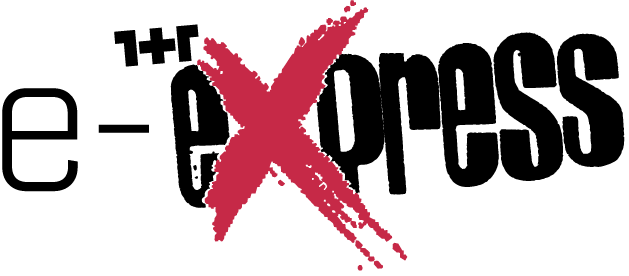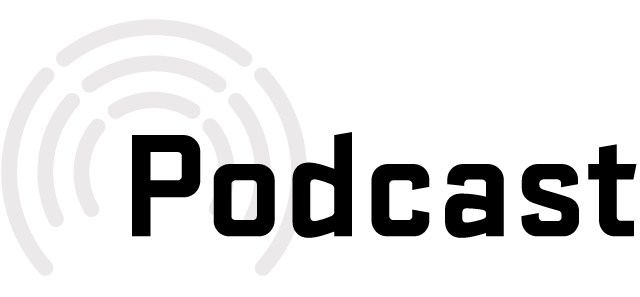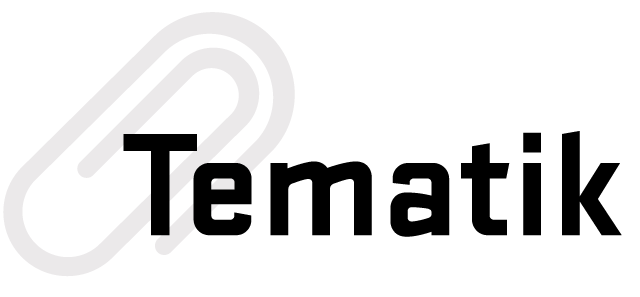The deepening economic crisis of Turkey is in its third phase. An overview of how the Turkish economy has fared since the 2008-2009 crises.

Turkey is in the midst of a deep economic crisis. The currency crisis in August 2018 marked the beginning of the first phase of the 2018-2019 crisis. The effects of the currency crisis spread rapidly: while inflation, interest rates and unemployment rose, industrial production declined and economic growth stagnated. The second phase, which is still ongoing, is marked by the attempts of Erdoğan government to counteract the consequences of the crisis, partially by blaming others for the crisis. The third phase will begin after the local elections on 31 March 2019. In this article, I will discuss the background, stages and the current status of the 2018-2019 economic crisis in the context of the upcoming local elections.
Background
The Turkish economy was managed by programmes of the International Monetary Fund (IMF) between 1998 and 2008. Meanwhile, Turkey experienced its worst ever economic crisis in 2001. In 2002 parliamentary elections, the parties of the coalition government of 2001 failed to meet the 10 percent electoral threshold. The Justice and Development Party (AKP), founded only a few months before the elections, came to power.
The IMF programme, which included strict austerity measures, was adopted and implemented by the AKP. In the first half of the 2000s, the USA’s expansive monetary policy ensured dynamic growth in the world economy. Growing appetite for risk drove international funds towards emerging market economies. The AKP governments benefited extensively from these capital inflows. The neoliberal reforms implemented by the AKP under these conditions led, among other things, to a more flexible labour market, privatizations and the independence of the central bank. At the same time, mechanisms of social and financial inclusion were established to cushion possible negative effects of the market reforms.[1]
In the wake of the 2008-2009 crisis, the AKP allowed non-financial corporations to borrow in foreign currencies and to incur foreign debt. Ultimately, the model increased both the dependence of production on imports and the sensitivity of economic growth to capital movements.
After the global financial crisis in 2008-2009, the US, European and Japanese central banks coordinated an expansionary monetary policy (quantitative easing), as a result of which capital began to flow back into countries such as Turkey. The Turkish economy thus quickly found its way out of the crisis in 2010 and enjoyed a strong economic growth until 2013.
The year 2013 became a turning point for Turkey. The reason for this was not only the emergence of the authoritarian traits of the AKP as a result of the Gezi protests or the intensifying dispute between the AKP and the Gülen movement. At the same time, in May 2013, signals from the Fed, the US central bank, to raise interest rates triggered a change in the direction of capital movements. The AKP’s economic model, which depended on the influx of foreign capital, subsequently faltered.
The crisis of the accumulation model
The AKP’s economic model was a continuation of the IMF programme, which was adopted after the 2001 crisis, and was based on high interest rates to curb inflation. However, the high interest rates had some side effects. As a result of capital inflows, the national currency (the Turkish lira) appreciated immensely, which in turn boosted imports. Cheap imports weakened the production structure in agriculture and industry and increased foreign dependence. In order to stimulate economic growth in the wake of the 2008-2009 crisis, the AKP allowed non-financial corporations to borrow in foreign currencies and to incur foreign debt. Companies quickly increased their foreign exchange debt after this liberalization. Ultimately, the model increased both the dependence of production on imports and the sensitivity of economic growth to capital movements.
In the context of the structural crisis conjuncture that began after 2013, Turkey experienced three economic slowdowns in 2014, 2016 and 2018. The first decline was overcome thanks to the short-term blossoming of capital movements, while the second was overcome thanks to the expansion of state-subsidized loans. However, when the economic situation began to deteriorate rapidly at the beginning of 2018, the parliamentary and presidential elections originally scheduled for 2019 were rescheduled to take place in 2018. In the elections held on 24 June 2018, the AKP’s leader Erdoğan was elected as the president. In addition, a coalition of the AKP and the extreme right-wing party of the Nationalist Movement Party (MHP) secured a majority in parliament.
Between January and October 2018, inflation shot up from 10.3 to 25.2 percent, while interest rates for consumer loans jumped from 18.5 to 38.2 percent. 2018 brought a permanent decline in industrial production and a sharp rise in the unemployment rate.
The currency crisis
After these elections, Turkey underwent a change of political regime from the parliamentary system to the presidential system. The presidential system is characterized by the abolition of the separation of powers and the centralization of power in the hands of the executive branch and the president.
The political uncertainty caused by the system change was compounded in August by tensions between Turkey and the USA. The USA president Donald Trump initially put pressure on Turkey for having the detained American citizen, Pastor Andrew Brunson, released, and the situation quickly escalated with the US’s threat for economic sanctions against Turkey. The Turkish lira quickly lost its value in this phase. The loss in value between January and August 2018 amounted to about 40 percent.[2]
Struggling with the consequences of the crisis
A few months after the currency crisis in August, the economic situation deteriorated noticeably. Between January and October 2018, inflation shot up from 10.3 to 25.2 percent, while interest rates for consumer loans jumped from 18.5 to 38.2 percent. With the exception of July, 2018 brought a permanent decline in industrial production, which reached 9.8 percent in December. A sharp rise in the unemployment rate pushed it to a level of 13.5 percent in December 2018.[3]
The reaction of the Erdoğan administration to this economic collapse changed over time. In August, the government took the position that the problems were not caused by the Turkish economy but by tense international relations. The Turkish government claimed that there was an attack on the Turkish economy. [4]
However, as the effects of the currency crisis began to spread, the rhetoric of the economic leadership changed. In addition to the alleged foreign attack on Turkish economy, warehouse owners and wholesalers were now held responsible for driving up prices by restraining the distribution of goods. Because the rise in some food prices, such as onion and potato, could not be prevented, the state carried out raids in warehouses and confiscated the produce there.[5] This intended to convey the message that foreign forces and Turkish profiteers were to blame for the economic difficulties but not the economic management. Workers’ opposition and resistance to the increasingly harsh working conditions were strictly prohibited in this phase. Strikes were banned.[6]
Local elections under the shadow of the crisis
In the parliamentary elections on 7 June 2015, the AKP, which has ruled Turkey since 2002, missed the opportunity for the first time to form a single party government. Since then, AKP has held power owing to its alliance with the far-right National Movement Party (MHP). This alliance is in place for the local elections of 31 March 2019, which will be held under the shadow of a recession accompanied by rampant inflation and unemployment. From the perspective of the AKP, it will be crucial not to lose big cities like Istanbul and Ankara in these elections.
For the left-wing opposition, it is important to find out what political orientation can be used to save Turkey politically from the authoritarianism of the AKP and economically from the market authoritarianism rooted in the IMF programme.
A look at the election results since 1980 reveals that there is a link between the voting shares of the governing parties and the growth rate of the Turkish economy. Admittedly, this link was stronger in the period before 2002. Nevertheless, it can be said that even in the era of the AKP, governments received less support when the economy shrank. For example, when the Turkish economy contracted by 4.3 percent in 2009, the AKP’s share of the vote in the local elections of the same year dropped to 38.4 percent.[7] The upcoming elections will be accompanied by a similar economic crisis. However, this time the AKP is acting in alliance with the MHP. The results are therefore more difficult to predict.
The opposition at a dead end
The third phase of the 2018-2019 economic crisis will begin after the local elections of 31 March 2019. At that point, the implementation of the austerity measures, which were delayed due to the elections, may be on the agenda. Economic recovery and growth is therefore unlikely until the end of 2019.
The liberal perspective, which dominates the ranks of the Republican opposition in Turkey, meanwhile is encountering a serious impasse. For example, the strongest opposition party, the Republican People’s Party (CHP), believes that a return to the parliamentary system and the formation of a government that enjoys the confidence of international investors would be sufficient to solve Turkey’s economic problems. Today’s liberal opposition presents itself as an advocate of the IMF programme that the AKP has already implemented in its first legislative period. Support for this programme from the working class and the poor is certainly not to be expected.
For the left-wing opposition, it is important to find out what political orientation can be used to save Turkey politically from the authoritarianism of the AKP and economically from the market authoritarianism rooted in the IMF programme. It seems that only a strategy that combines uniting the struggle for freedom against political authoritarianism and the struggle for equality against market authoritarianism can show a way out of the crisis.





